
Unusual Georgian buildings and monasteries in Georgia
The complex of the Kintsvisi monastery was built at the turn of the twelfth and thirteenth centuries. The main structure of this complex is the large domed church of St. Nicholas. It is notable for the fact that there are practically no carved ornaments on its building, which were characteristic of temples in Georgia, but all the walls of the interior are covered with murals.
The history of Georgia is very multifaceted and counts thousands of years. The basis for various legends and traditions was the baptism of the country and the rule of the tsars, under which the Georgian people flourished. Such include Queen Tamar, who ruled in the late XII – early XIII centuries. The century of her reign is called “golden”, since it was during this period that Georgia's development reached its peak. At this time, the construction of temples and churches continued, painting and culture flourished.
Under Tamara's rule, the borders of the state expanded and strengthened, relations were established with the king of Egypt and other neighboring countries, and many opponents were defeated.
Only four portraits of Queen Tamara have survived to our time: in addition to the fresco in Kintsvisi, her images are available in Vardzia, Bethania, as well as in the desert David-Gareji,in the painting of the Bertubani Cathedral (The image from David Gareja is currently kept in the State Museum of Art of Georgia).
Kintsvisi Monastery is located 12 kilometers from Karelia, near the village of Kintsvisi. It belongs to the group of buildings of the turn of the XII-XIII centuries, which are characterized by common features: social function, location, proportional proportionality, decorative design, etc. Within this canonical type, original, interesting samples were created, in which the evolution of the decorative system is clearly traced. One of such visual examples is the Kintsvisi Monastery.
The monastery is surrounded by a fence. The main structure of the complex is a large domed church of St. St. Nicholas (XIII century), is one of the brightest examples of "brick architecture". The rectangular, elongated structure has almost no carved ornaments, which were characteristic of Georgian temples. Murals, which also belong to the XIII century, are covered with the walls of the entire interior. They were commissioned by Anton Glonistavisdze, the First minister (mkignobartukhutsi) of Queen Tamara. Special attention is drawn to the northern wall of the interior, where Tsar George III, Queen Tamara and her son Lasha-George are depicted. This wall also depicts an Angel announcing the resurrection of the Savior. The figure of an angel, made in light color shades with flexible and smooth lines, his expressive look makes an indelible impression on the viewer. The painting of the Kintsvisi temple is a remarkable example of Georgian wall painting.
To the south-east of the main temple, the ruins of the Church of the Most Holy Mother of God, also dating back to the XIII century, have been preserved. And on the western side of the temple, there is a small one-nave church built in the late Middle Ages. In this church, the only decorative element is a relief cross above the window of the eastern facade.
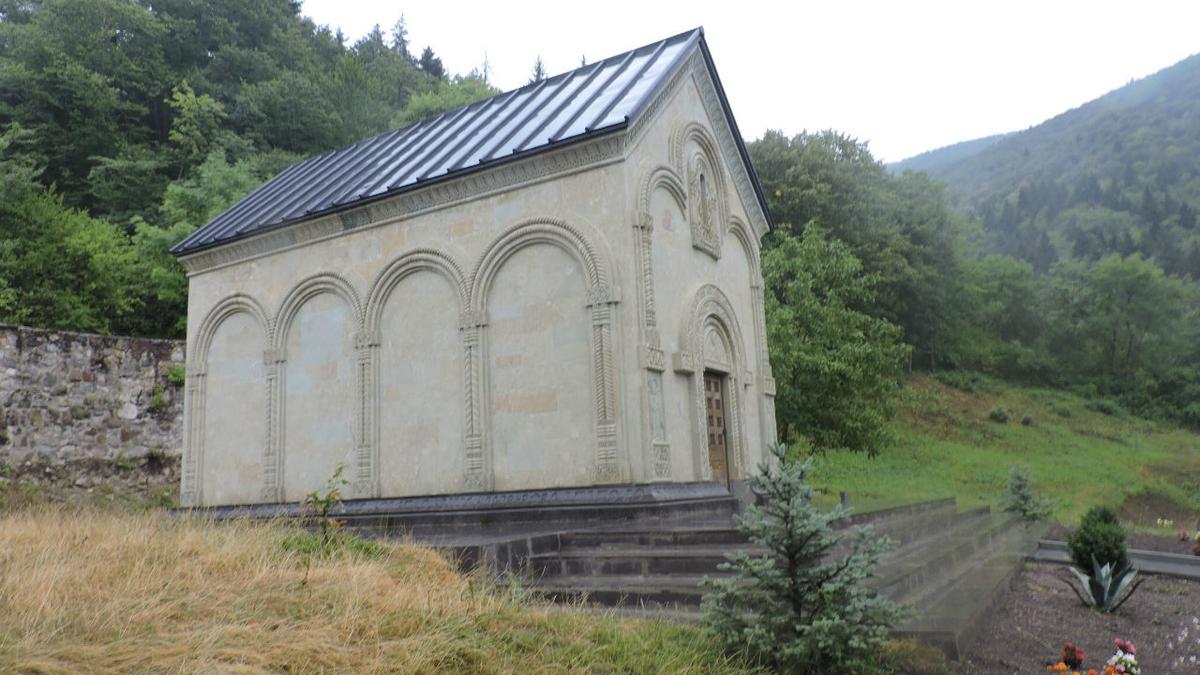
See all the sights of Georgia
-
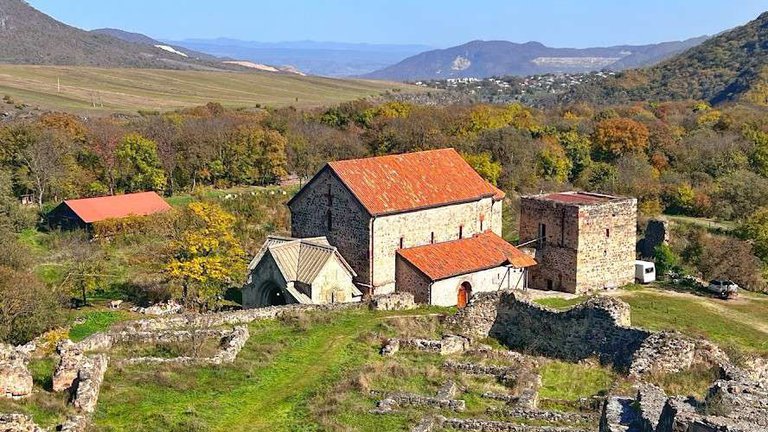
🏰 Dmanisi Sioni: An architectural wonder and an important religious center of Georgia 🌍
Sights of GeorgiaThe Dmanisi Cathedral of the Mother of God is one of the oldest churches in Georgia, buil…
-

🔮 Church of the Ascension in Ozaani: History, frescoes and architectural features of one of the most interesting sights of Georgia!
Sights of GeorgiaVisit the unique church in Ozaani! Find out how to get there, what to take with you, wher…
-

Besletsky Bridge in Abkhazia: Legends, Secrets and How to Get to This Ancient Miracle
Sights of GeorgiaHow to get to the Besletsky Bridge in Abkhazia? Where to spend the night, what to take wi…
-
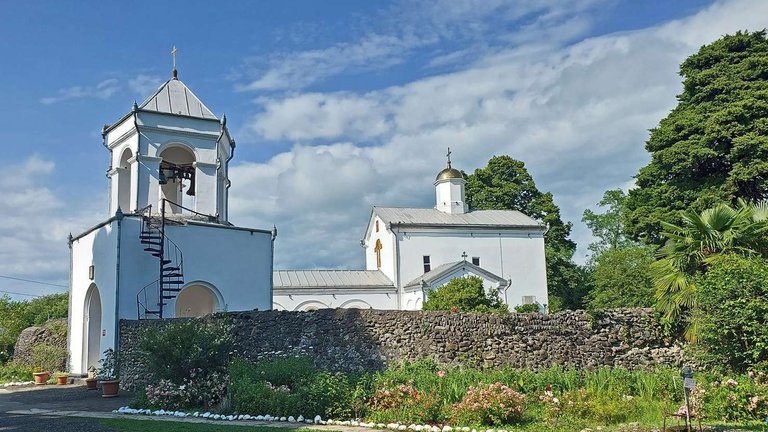
Ilori Temple in Abkhazia: Tragedy of Restoration, Disappeared Relics and Secrets Shrouded in Darkness
Sights of GeorgiaFind out everything about the Ilori Temple in Abkhazia: how to get there from different c…
-
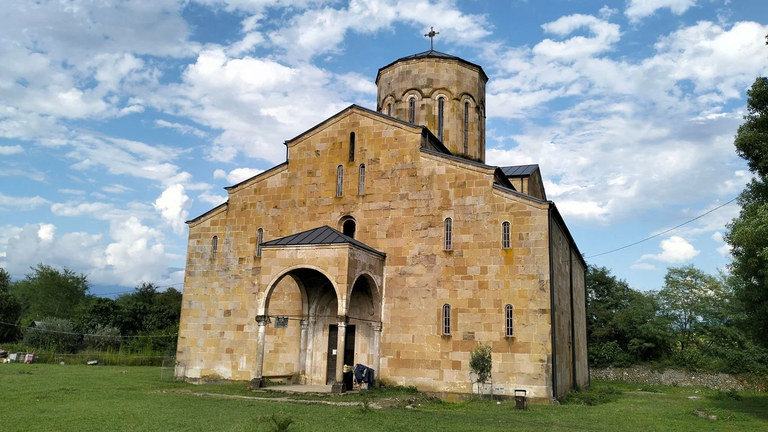
A place that defies restoration: why is the Mokva Cathedral in Abkhazia called cursed and sacred at the same time?
Sights of GeorgiaPlanning a trip to Abkhazia? Don't miss the Mokva Cathedral, one of the most ancient chur…
-
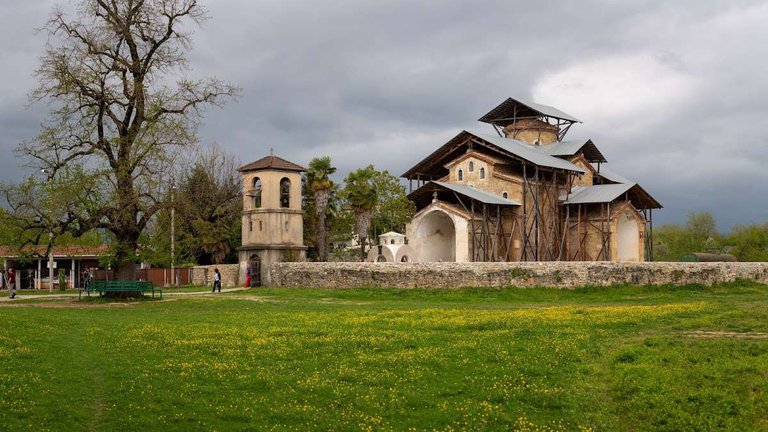
The Lykhny Church of the Dormition of the Blessed Virgin Mary is a 10th century mystery that is worth revealing!
Sights of GeorgiaFind out how to get to the temple, what to see nearby, where to eat and stay, and what sp…
-

Dranda Cathedral of the Dormition of the Blessed Virgin Mary - Find out what one of the oldest temples in Abkhazia hides
Sights of GeorgiaFind out what the Dranda Cathedral in Abkhazia hides behind it! 🌍 Discover the mysterious…
-
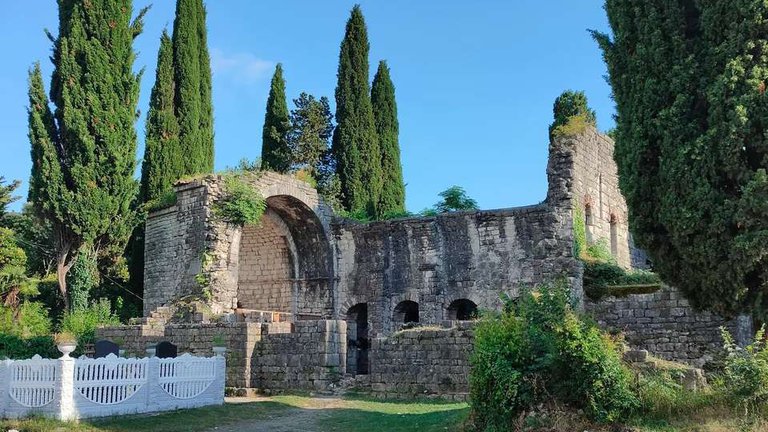
Tsandripsh Basilica: a unique Byzantine temple in Abkhazia that you must see!
Sights of GeorgiaThe Tsandrypsh Basilica is one of the most mysterious and unique sights of Abkhazia. Lear…












41 comments
Log in to leave a comment
Почему нет фотографий изнутри? Пишите, что внутри стены храма покрыты росписями и фресками. Заинтриговали! Очень хочется посмотреть, что внутри, хотя внешне монастырь ничем не примечателен, кроме своей необычной формы.